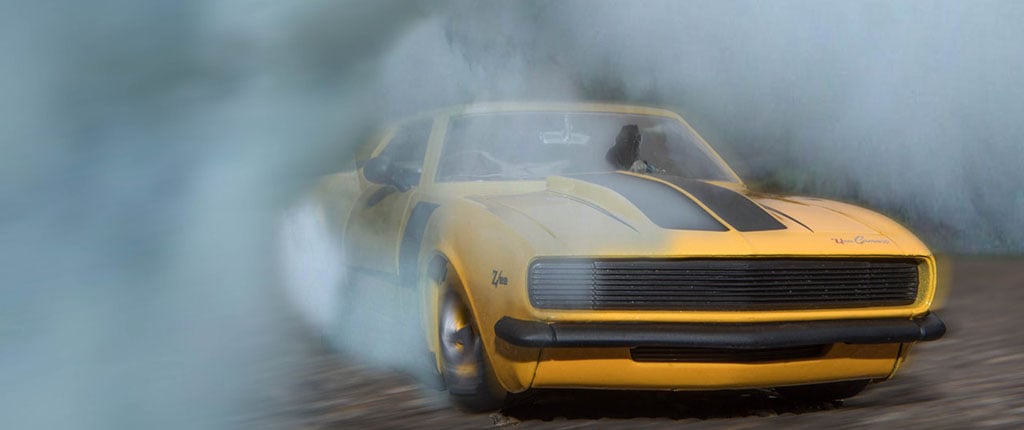The typical tech call for a clutch recommendation starts like this: “How much power will your RAM xxx clutch hold?” Customers have been conditioned by other manufacturers to select their clutch by ‘stage’ or ‘level’ or ‘rating’. While the horsepower and torque are certainly important, they are not the end all of clutch selection. We have seen plenty of 400 horsepower applications that can slip a 650 ‘rated’ clutch.
I am much more interested in hearing about the load factors that the clutch system is going to see. These are more important in the initial recommendation. So what are the biggest load factors to consider?
- Vehicle weight – this is perhaps the most important load factor as well as selection factor in determining the clutch needed. Simply put, the heavier the car, the more work the clutch has to do to hold without slipping.
- Vehicle gearing – This applies to both rear gear and low gear in the transmission. Higher rear gearing (lower numerically) requires more slippage on takeoff to make a transition, and puts a much bigger load on the clutch with a harder launch or acceleration. Likewise, a higher low gear in the transmission could be like starting out in second gear in terms of the load the clutch will see.
- Rear tire used – as you might imagine, a larger, stickier tire or slick that is more likely to hook up and not spin is going to put a much harder load on the clutch. So what tire will you be running?
- Use of the vehicle – If you plan to spend time at the race track where traction is good compared to the street, this is going to load the clutch system harder on launch and through the gears, whereas on the street it might be more likely that the tires will spin.
- Horsepower/torque – Yes, this is certainly a selection factor to consider as it will affect the load the clutch sees.
Now consider this worst case scenario – a potential customer has a 4000 pound, 450 horsepower muscle car that they are converting from an automatic to a manual. They have meticulously acquired all of the parts to do this conversion including pedals, linkage, etc. They install a Muncie transmission with a 2.49 low gear and leave the 2.90 rear gear in the car that it had with the automatic. What is going to happen when they let out the clutch on this combination? LOAD LOAD LOAD! Not to mention, they will have to slip the clutch for an eighth of a mile just to get it rolling and engaged!
Bottom line? Get all of your ducks in line when selecting and setting up your clutch system. Give yourself the best chance for success by making smart decisions not just with the clutch, but also with your gearing. And have realistic expectations for what you will do with the vehicle and how the clutch is going to perform based on the load factors you introduce into the combination. Understanding these load factors will help you make the best selection of both clutch and flywheel, which we will tackle in another blog post.

